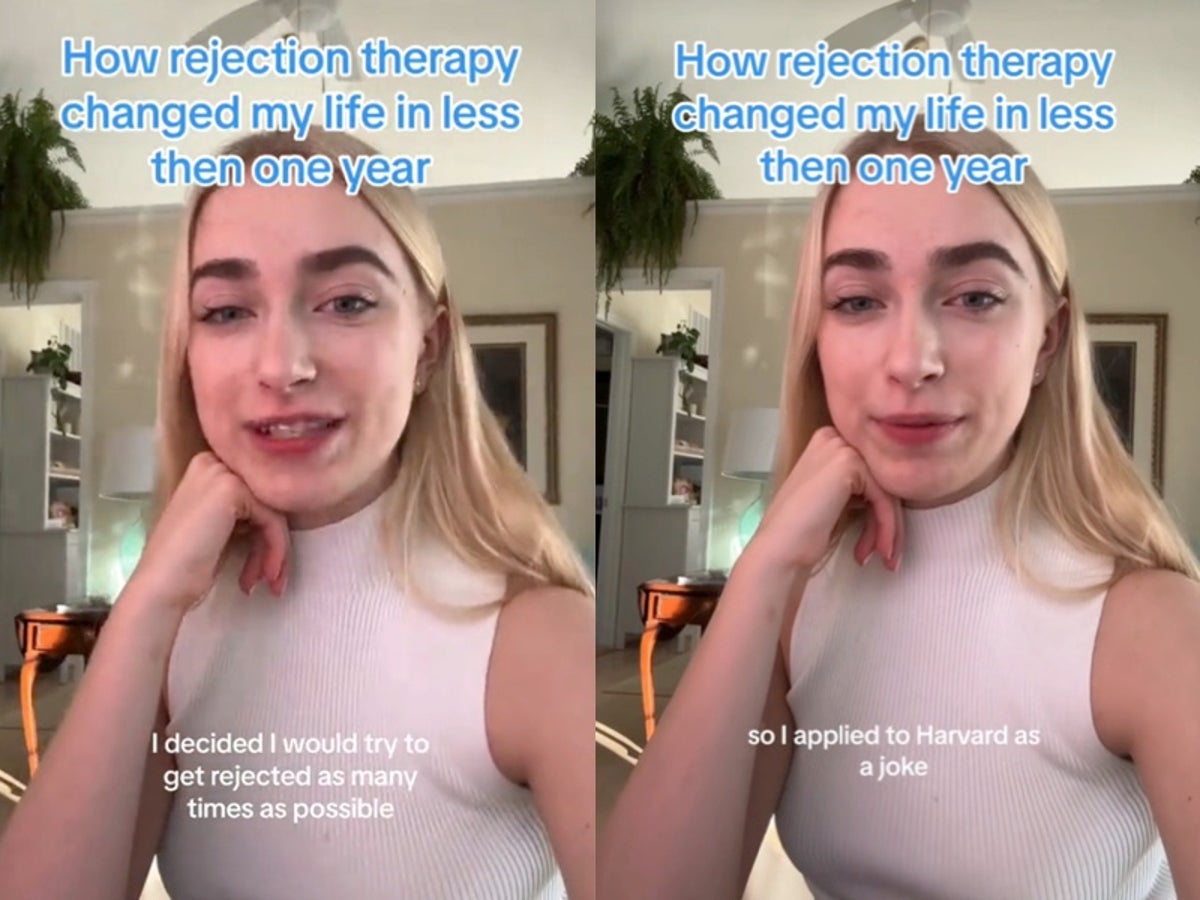
Support truly
independent journalism
Our mission is to deliver unbiased, fact-based reporting that holds power to account and exposes the truth.
Whether $5 or $50, every contribution counts.
Support us to deliver journalism without an agenda.

Louise Thomas
Editor
TikTok’s latest mental health trend, called “rejection therapy,” is offering one way to combat social anxiety.
With the “rejection therapy” tag garnering more than 63 million views on TikTok, many people have increasingly documented their trials and tribulations as they place themselves in scenarios where they could be socially rejected. From giving a stranger their number to asking someone to buy them food, users are embracing discomfort as a way to overcome their fears and build their confidence. Some people have even claimed that rejection therapy has changed their lives, while others remain skeptical.
Rejection therapy is not a research-based form of psychotherapy, but rather a self-help method initially coined by Canadian entrepreneur Jason Comely. He created suggestion cards encouraging people to put themselves in situations where they could potentially be rejected, so they could be more courageous in the future. Entrepreneur and motivational speaker Jia Jiang later popularized it in 2012, after his “100 Days of Rejection Therapy” journey achieved viral success on YouTube.
“If you’re afraid of rejection, you often let the fear of rejection dictate what you would do next,” Jiang explained to Elite Daily. “You reject yourself way more than other people do.”
He now works as a coach to help people overcome their fear of rejection.
However, with the recent resurgence in the method’s popularity on social media, medical experts have noted that it’s just a repackaged version of exposure therapy sans oversight.
“We do this with patients with social anxiety disorder who are struggling to live their life the way they want to for fear of rejection,” Dr. Lily Brown, University of Pennsylvania director of research at the Center for the Treatment and Study of Anxiety, told Popsugar. “We create ways for them to decatastrophize being rejected.”
“On average, people don’t tend to get the rejections that they think they’ll get,” Dr. Brown added, noting that the goal of the exposure therapy is to show participants that rejection is simply a part of life.
The means of exposure typically include simple actions, such as asking people for directions or where to find the nearest coffee shop. “The best way to do this is with the support of a therapist,” she said.
Unlike exposure therapy - which is done with the guidance of licensed health professionals - rejection therapy participants are going about things all on their own. Professionals stress participants should exercise a degree of caution and discernment when putting themselves in situations ripe for social rejection. Without having a professional to manage the amount of rejection exposure, participants should be warned that the method can sometimes open them up to the possibility of more harm.







